Your cart is currently empty!
Beta test Nikon 600mm f/4.0E
NIKON 600mm f/4.0E FL ED VR
[columnize]
04.07.2015 In April I had the great pleasure to test the new Nikon 600mm f/4.0E FL ED VR during 10 days in South Africa. As some of you might know, I’m a dedicated wildlife photographer and my #1 choice of lens is the Nikon 600mm f/4.0. When Nikon called me and asked if I wanted this assignment, it was easy for me to say “yes”.
A total number of 10.600 images were shot with the new Nikon 600mm during the assignment. All images were exposed with a Nikon D4S camera, and most of the images were shoot with aperture between f/5.6 – f/8.0 and ISO 100 – 3200 to achieve best technical image quality. Below is my test report.
[/columnize][gap size=”50px”]
Written by: Ole J Liodden
[gap size=”50px”] [alert type=”warning” close=”true” heading=””]Nobody (Nikon or other) has asked me to write this field review, or paid me to do it. This field review is simply my independent thoughts and experience with the new Nikon 600mm f/4.0E lens after 10 days in the field.
[/alert]LENS SHARPNESS
[columnize]
One of the most important qualities of a telephoto lens is the sharpness. I’ve always been very satisfied with the image sharpness of my “old” Nikon 600mm lens, but the new version offer now great sharpness also in the edges. I also experienced a higher percentage of the total images which were crystal sharp, than with my “old” Nikon 600mm. For a photographer, this is exactly what I want and strive for – crystal sharp images (if not panning).
[/columnize]
[gap size=”50px”]
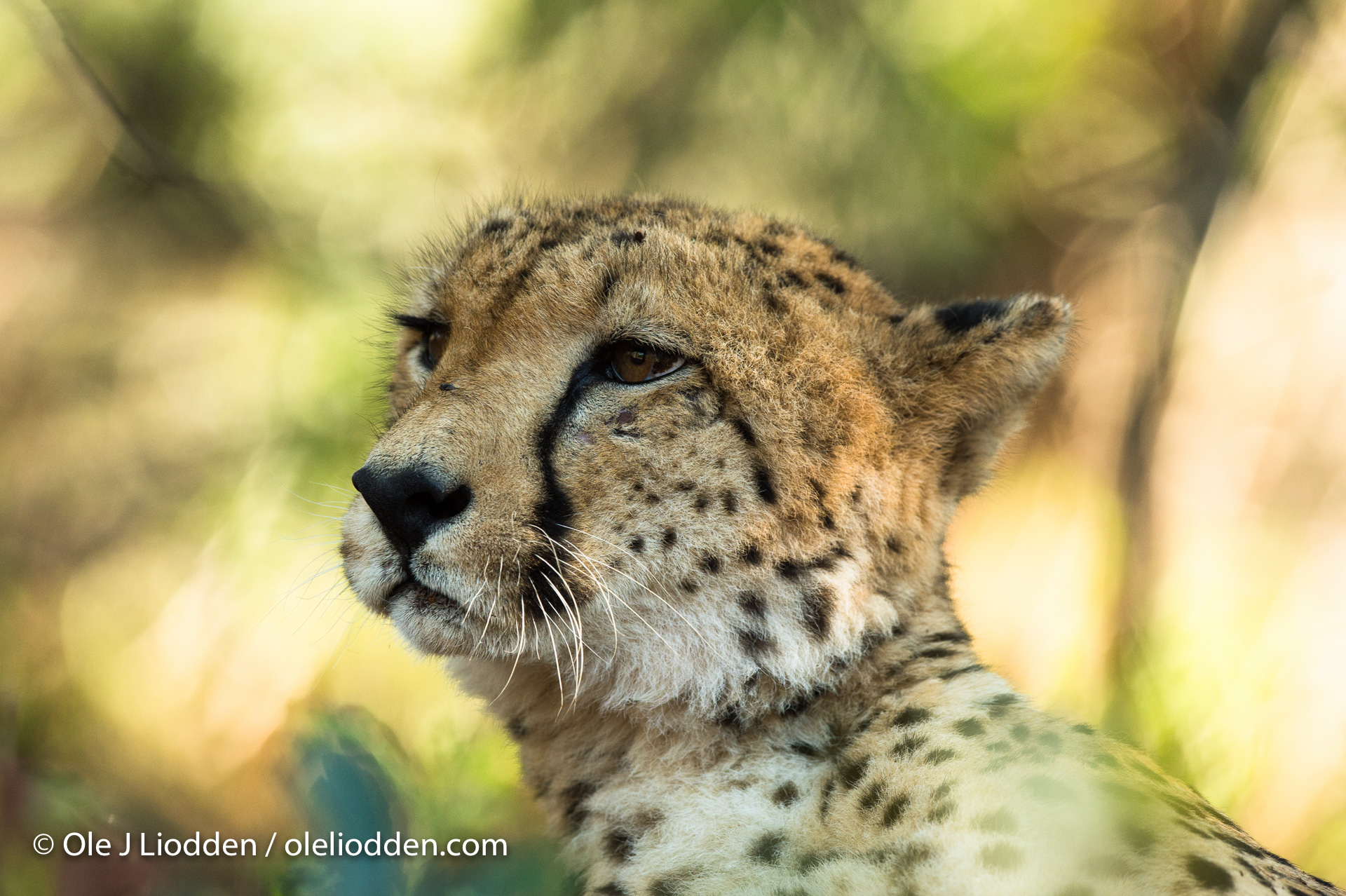
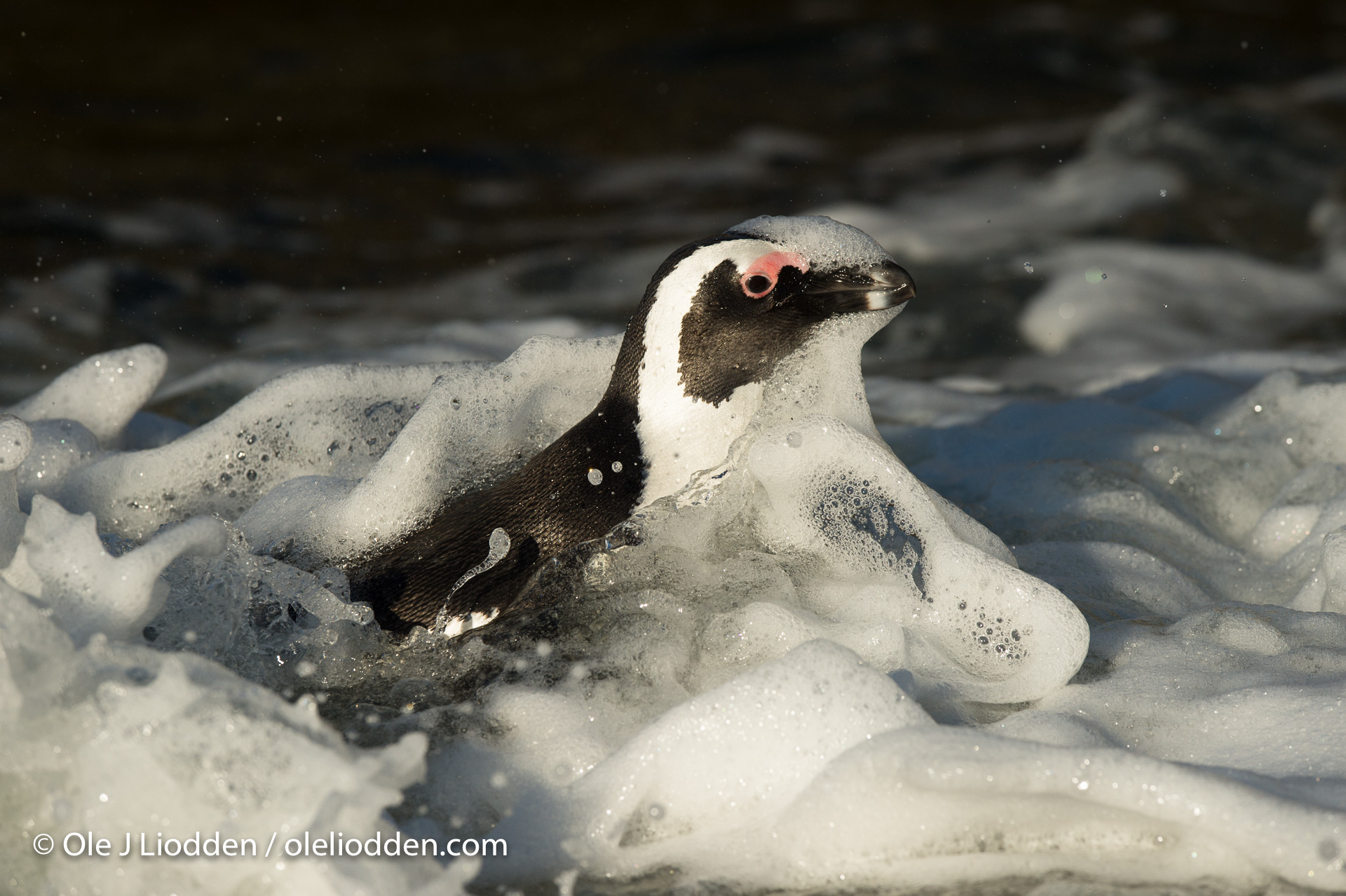
AF-SPEED AND ACCURACY
[columnize]
The AF-system in the new Nikon 600mm lens is very fast and reliable, and works great with the Nikon D4S camera. Tracking birds in flight was not a problem and the overall sharpness was superb. After 10 days shooting with this lens I could conclude that a significant higher portion of my images were sharp, compared to what I have experienced earlier. I’ve not done any scientific research on this, but it’s very pleasing to browse the images after a long day shooting and enjoy great sharpness and image quality. Even photographing bats after sunset was possible and also animals like crocodiles at night (with focus light).
The AF-accuracy is best when using the center AF-point, so I mostly used the d9 setting with the center AF-point selected. I also tried to use the AF group setting, but felt more comfortable using the d9 setting.
When shooting directly into the sun it’s still very difficult for the AF-system to focus, but that was not a surprise.
[/columnize]
[gap size=”50px”]
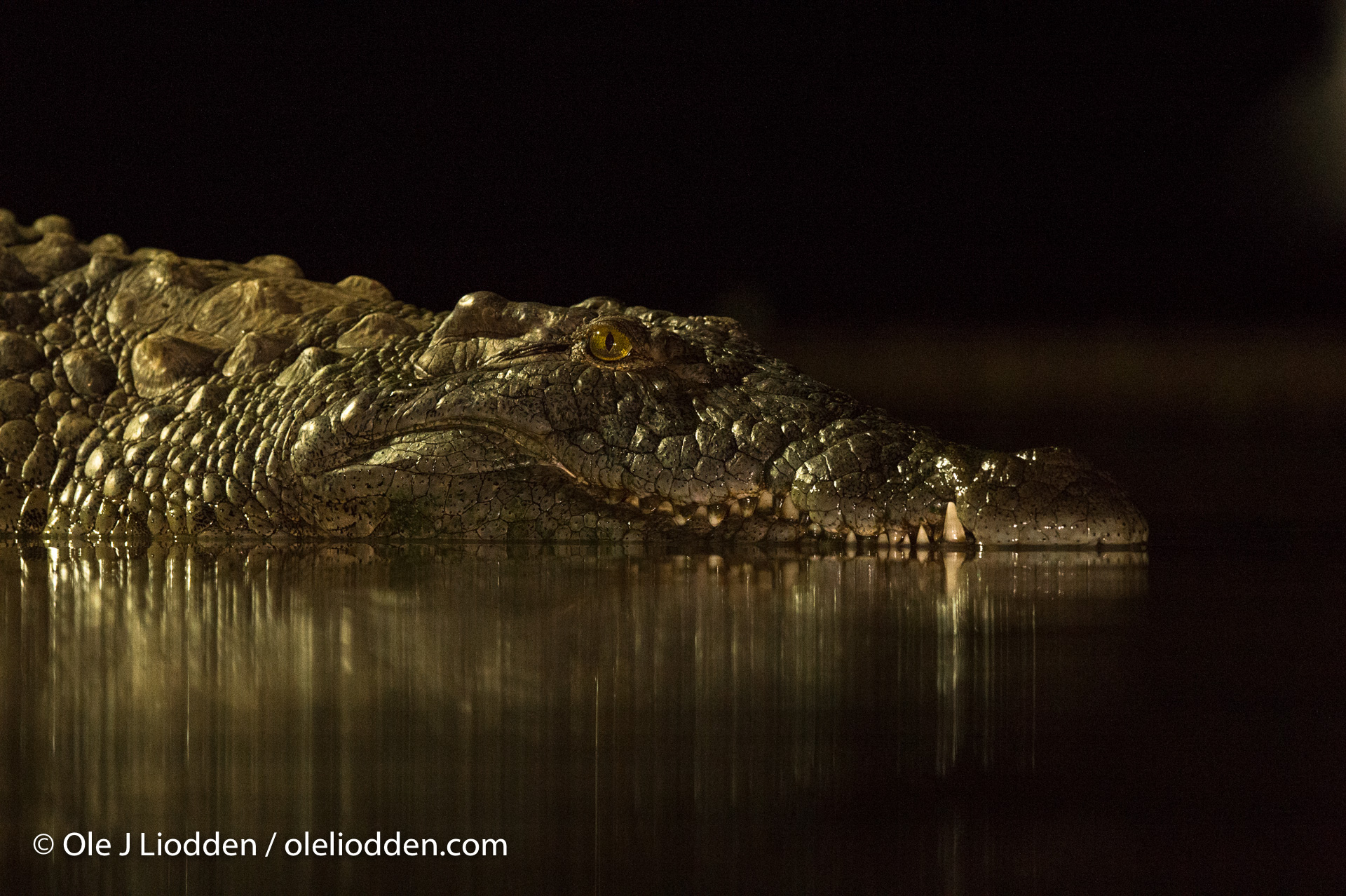
VR-SYSTEM
[columnize]
The VR-system is upgraded with the latest technology. The VR-ring has been removed and changed to a switch, which in my opinion is an improvement. The VR-ring was a weak point for the “old” Nikon 600mm lens and also collecting dirt and small sand particles.
The main settings for the VR-switch is VR Normal and VR Sport. I used the lens in VR Normal mode most of the time. This setting worked very well, and might have been one of the reasons why overall image sharpness was very high on this test shooting.
VR Sport is a real blessing for everyone panning their subjects. I’m one of those photographers, and I enjoyed panning at shutter speeds down to less than 1/10 sec and still get great results. For the first time ever I’ve been satisfied using VR when panning with a Nikon 600mm lens! With my «old» Nikon 600mm lens I had to shoot faster than 1/100 second or deactivate VR to avoid the «ghost effect». This is a much appreciated upgrade from the «old» Nikon 600mm lens and very suitable for panning actions.
[/columnize]
[gap size=”50px”]

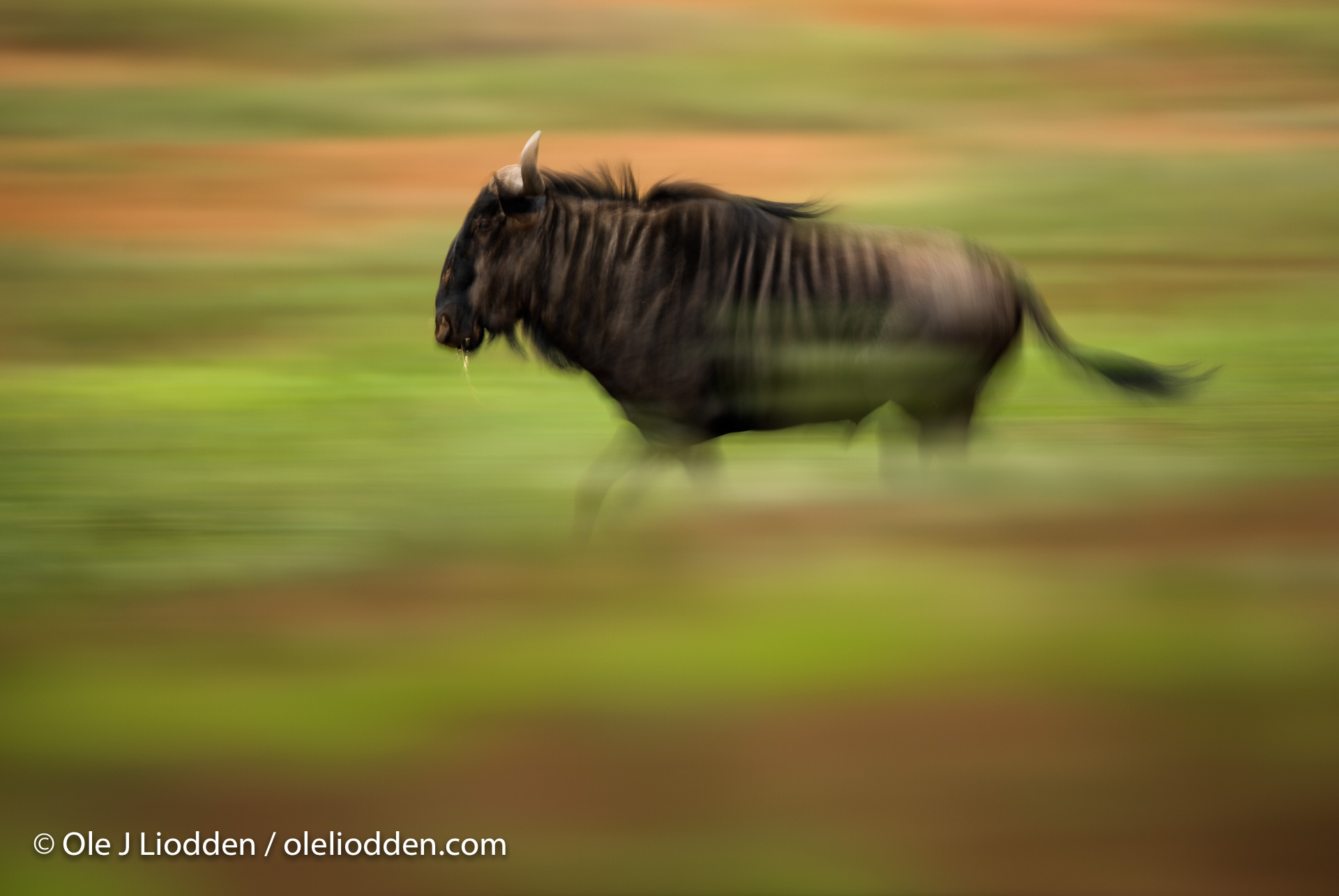
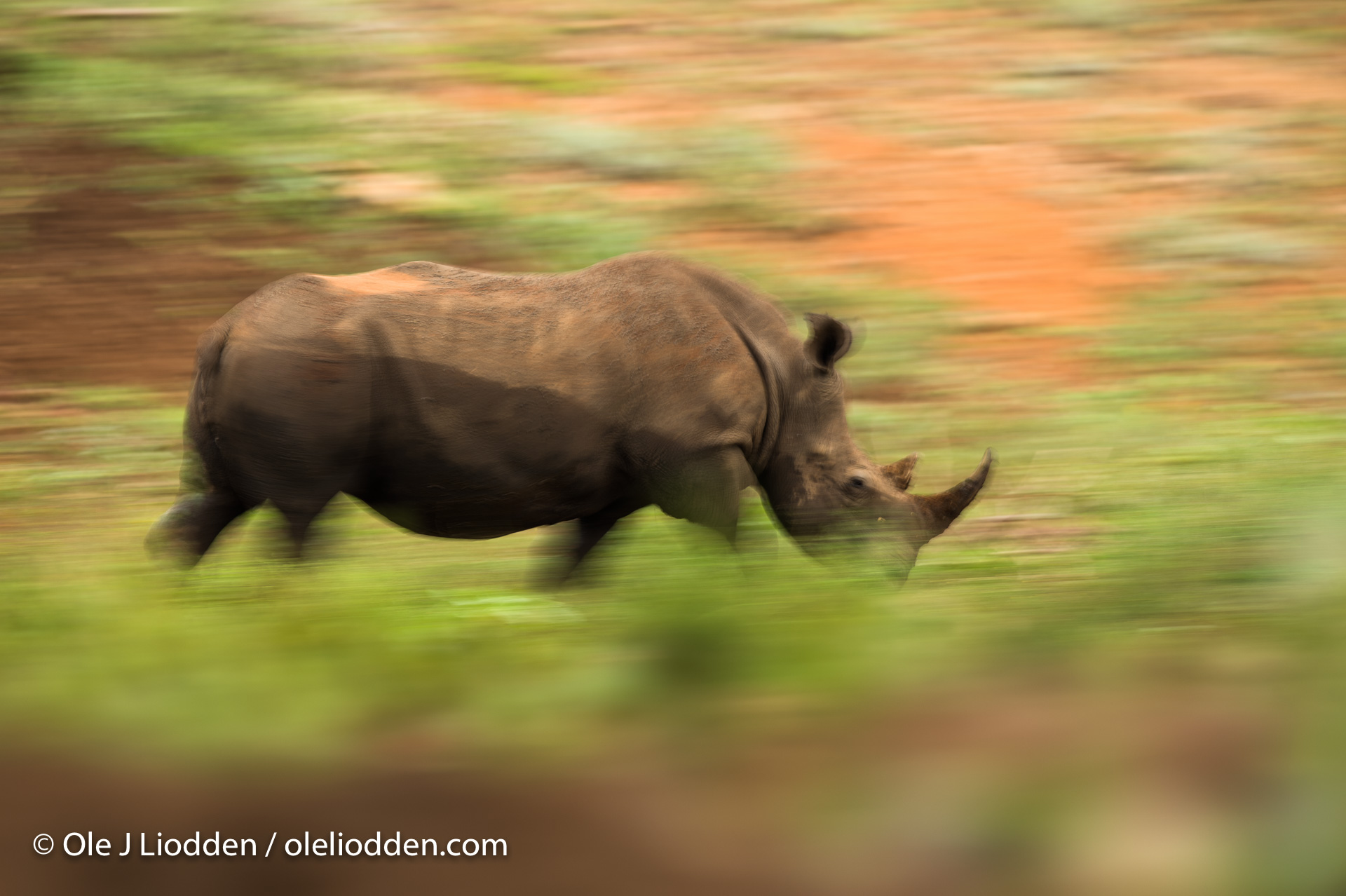
CLOSEST AF-DISTANCE
[columnize]
The closest AF distance with the new Nikon 600mm is now improved from 4,8m to 4,4m, which is about a 10% improvement. This it not a huge improvement, but very good for a 600mm lens (4,5m on the newest Canon 600mm lens). For some reasons it is still not possible to use the AF on the closest distance (4,4m), so I had to use manual focus the last centimeters to the closest focus distance during this test shooting. This is the same situation as I’m used to with my «old» 600mm where AF at closest focus distance (4,8m) is only possible with manual focusing.
[/columnize]
[gap size=”50px”]
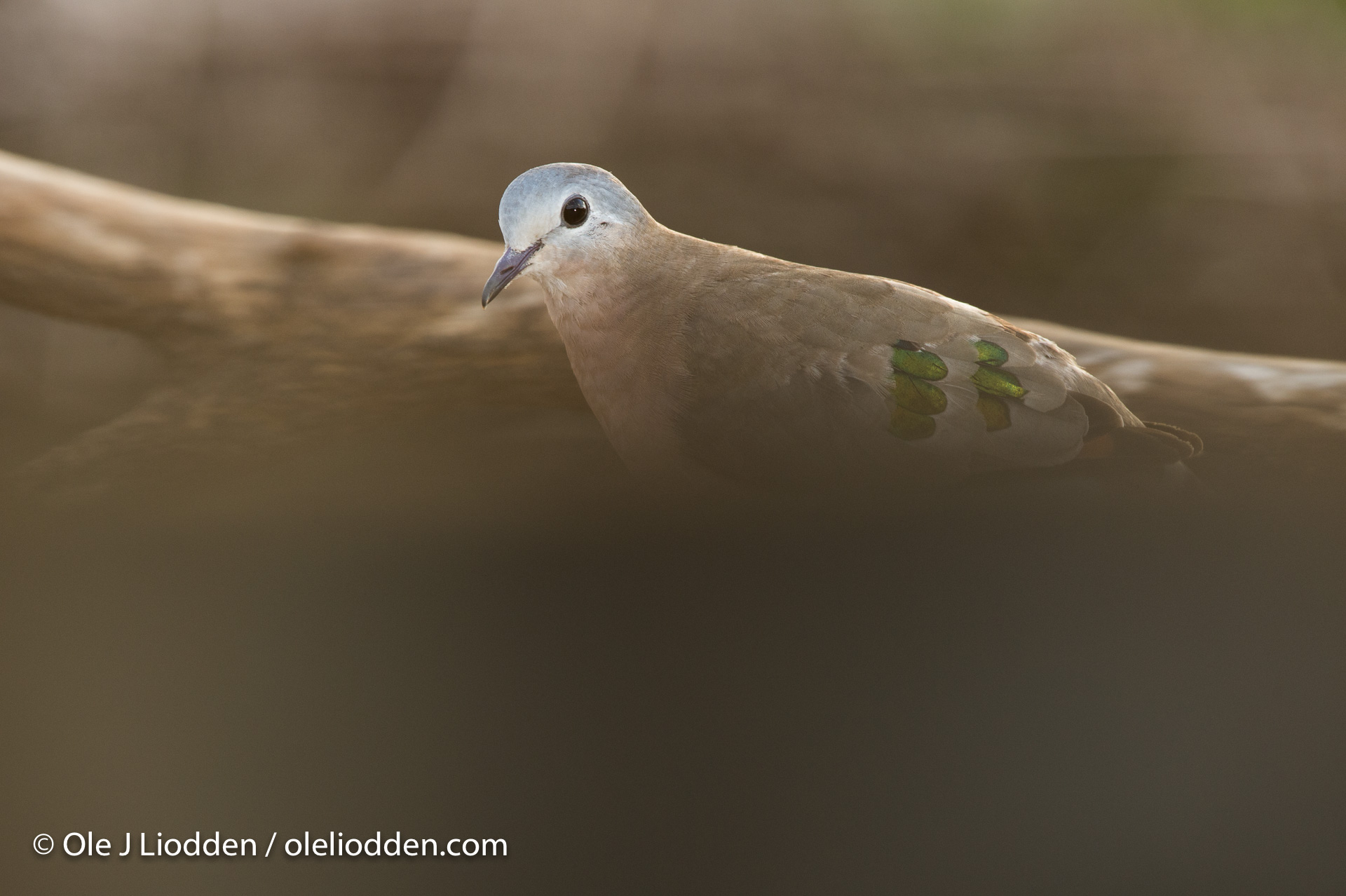
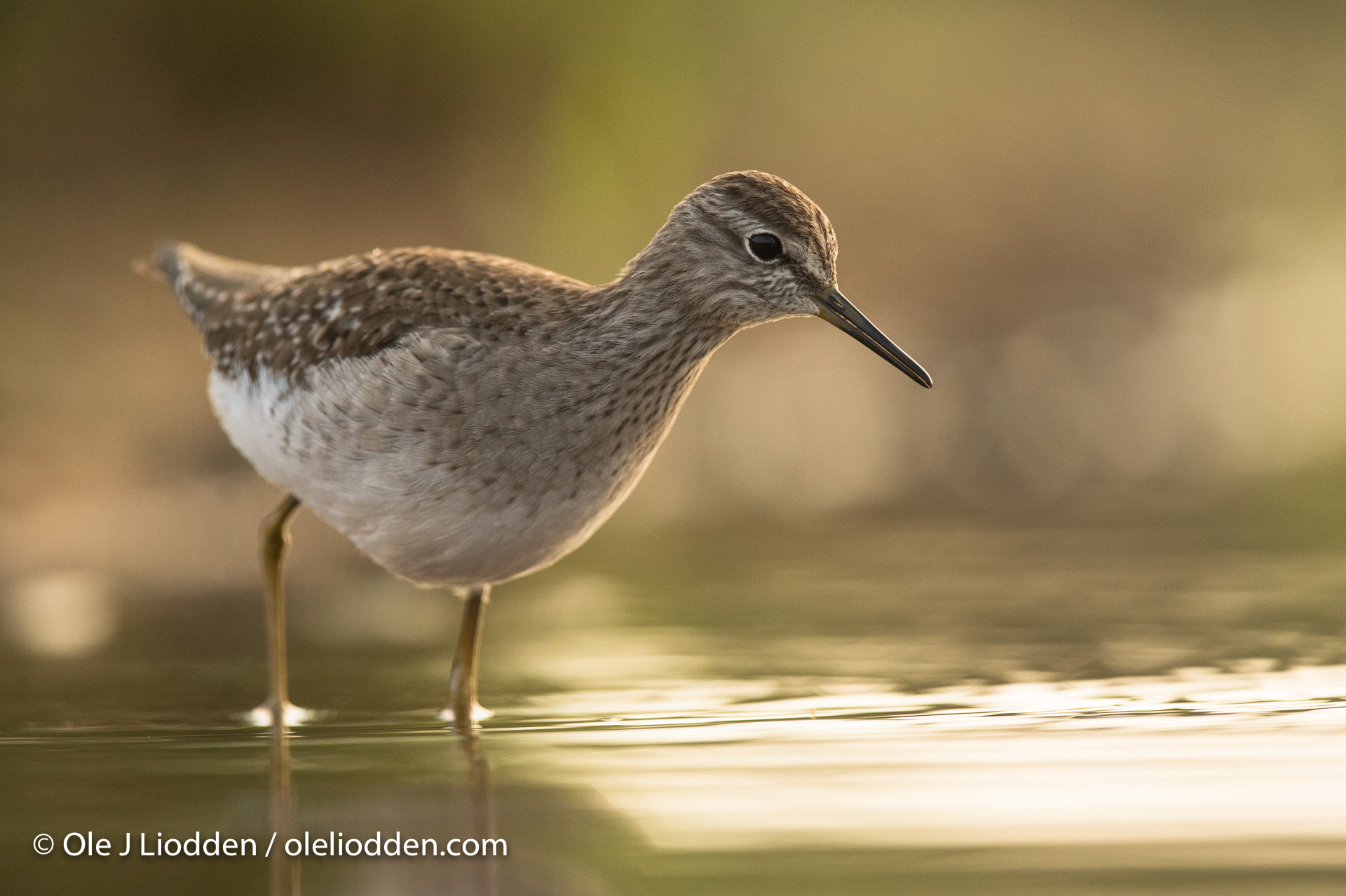
SHOOTING BACKLIT
[columnize]
I really enjoy photographing wildlife in backlit, and one of my biggest questions regarding the new Nikon 600mm f/4.0 was how it performed in backlit conditions. One of my “top 3″ reasons for switching from Canon to Nikon back in 2010 was the great backlit capabilities with the Nikon telephoto lenses, due to the Nano Crystal Coating technology. My «old» Nikon 600mm has been excellent in backlit situations, and the new version of the 600mm f/4.0 lens is even better. Shooting directly into the sun gave me amazingly great image quality. The flares and/or discolors were almost invisible or not visible at all. This was something that really pleased me with the new Nikon 600mm lens. The new lens hood is also improved and gives better shade when shooting backlit (not directly into the sun).
[/columnize]
[gap size=”50px”]
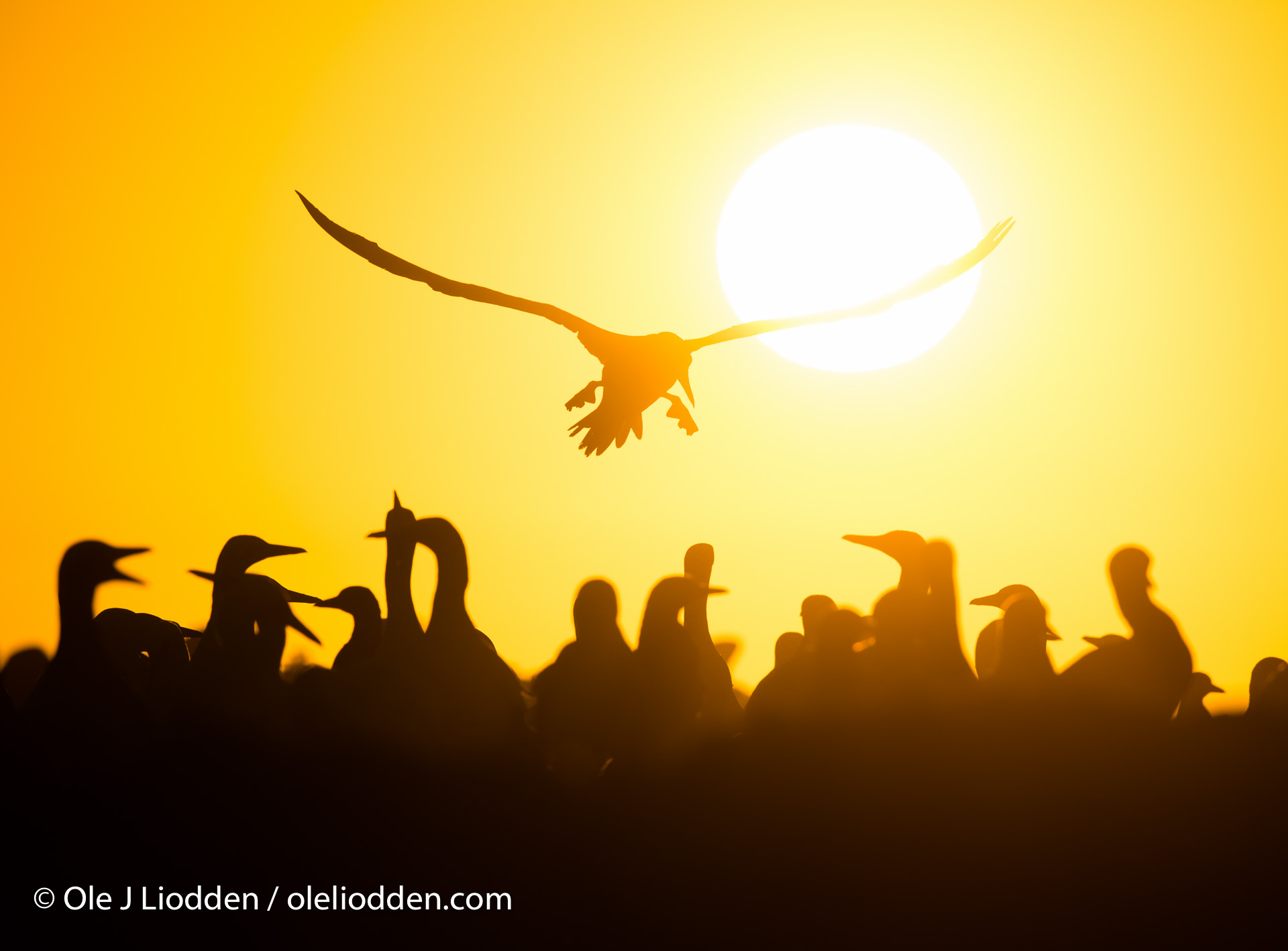
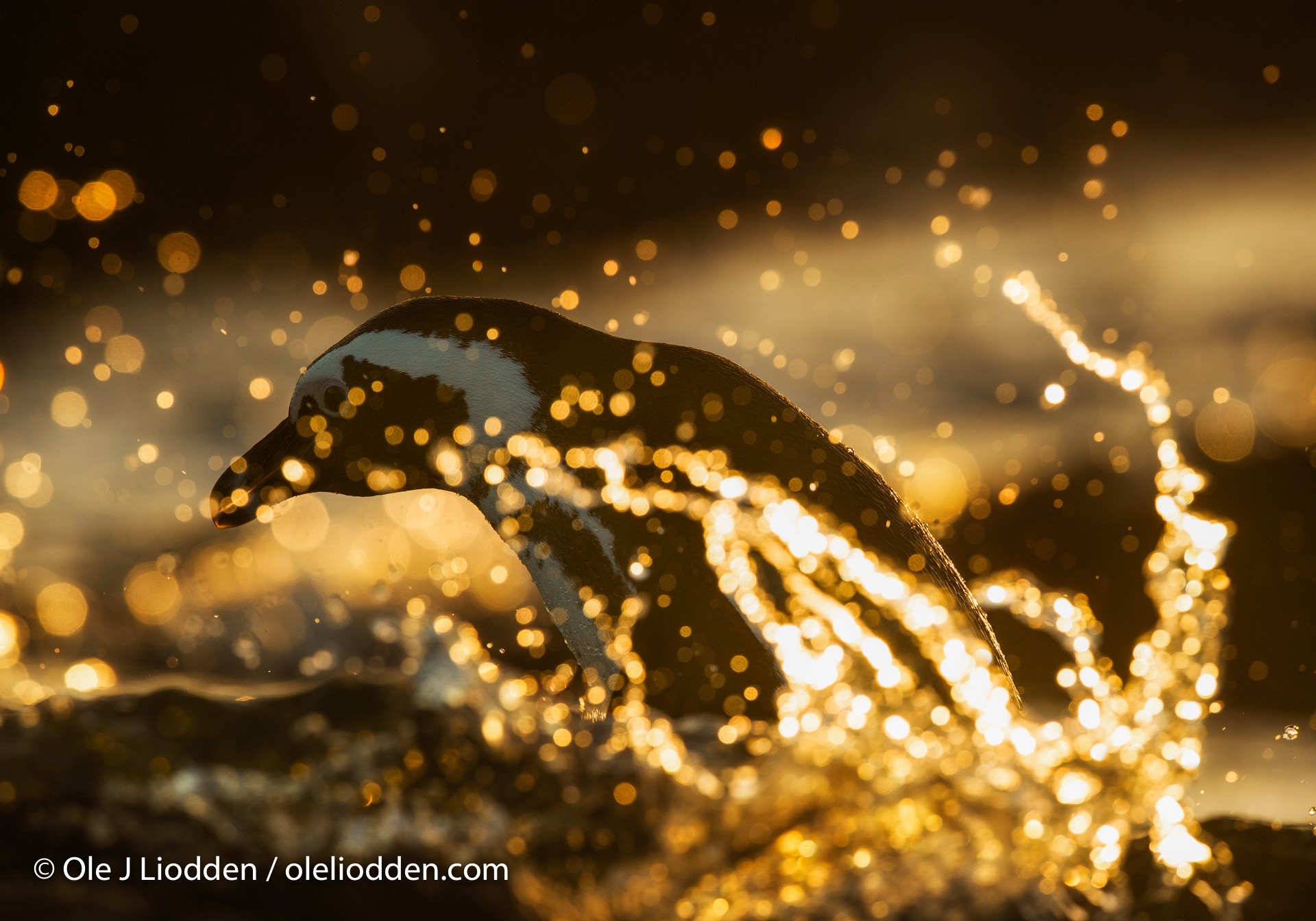
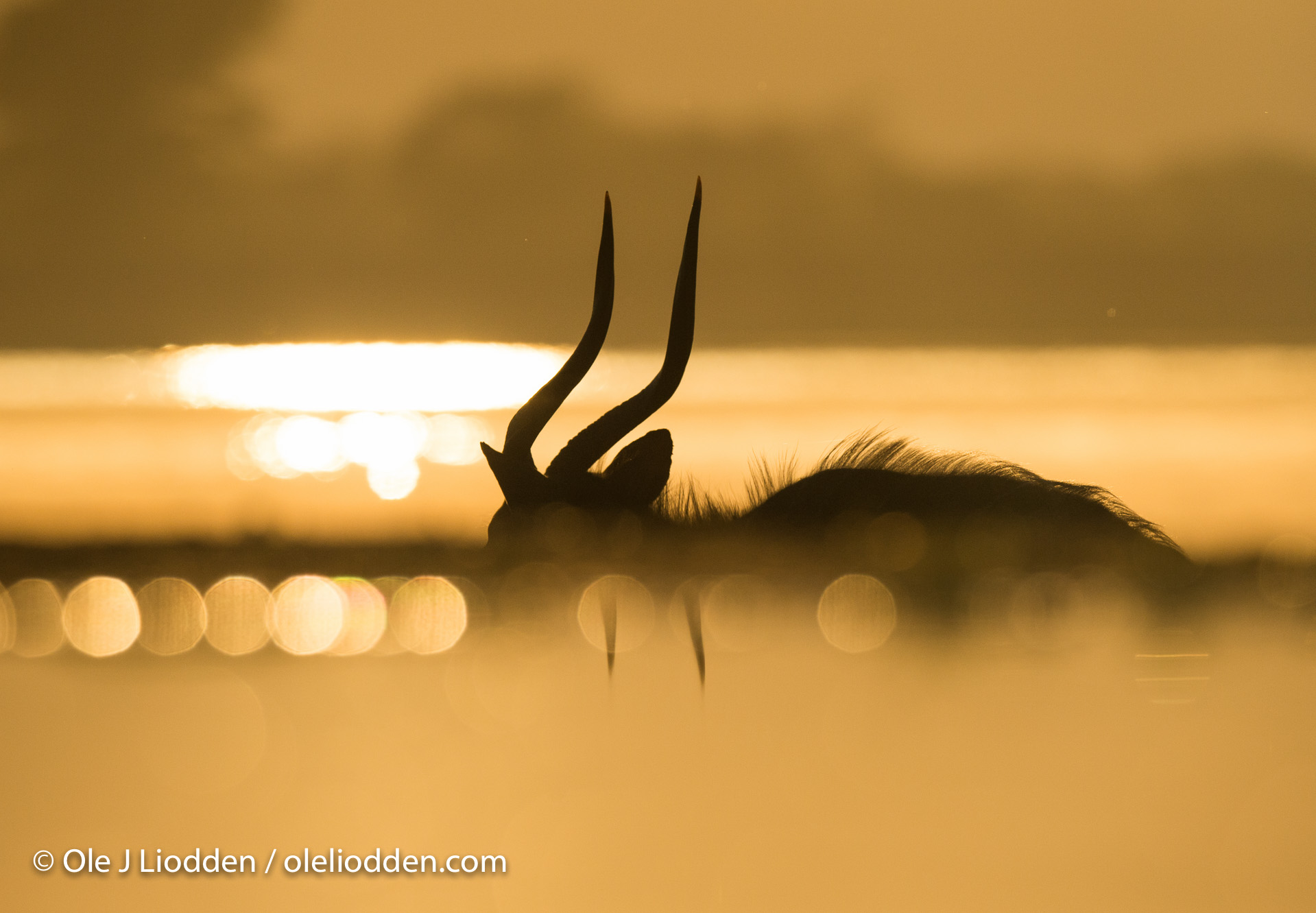
LENS WEIGHT
[columnize]
The new Nikon 600mm f/4.0 is now weighting 3810g, which is approx. 1 kg (25%) lighter than the “old” Nikon 600mm. For me the reduced weight was a blessing and much appreciated! It feels more like carrying a 300/2.8 lens and it’s easier to handle without a tripod. Many photographers will appreciate this improvement a lot, especially for those with bad shoulders or backs. The new Nikon 600mm also feels more balanced with the weight slightly moved toward the lens mount. I’m not sure if other photographers will feel the difference, but after handling 600mm lenses for hundreds of hours out in the field it makes at least a difference for me.
[/columnize]
LENS HOOD
[columnize]
The outer diameter of the lens hood is reduced from 19,5 cm to 18 cm, and the lens hood is also 0,5 cm longer than the «old» Nikon 600mm version. This results in better shading for the sun, and the lens also fits better in the camera bag. Thus for those of you flying around with camera gear, it will be easier to bring the new Nikon 600mm f/4.0 lens in your hand luggage.
The weak point of the lens hood is in my opinion the locking system. On my «old» Nikon 600mm I have destroyed the locking screw 2 times since 2010 (almost every second year), because of sea water, rough use etc. The locking system on the new Nikon 600mm has not been changed (at least not on the beta version). During the test shooting I lost the lens hood once, which is not fun if you drop it into the sea.
[/columnize]
LENS TRIPOD MOUNT
[columnize]
The lens tripod mount is redesigned and moved closer to the lens mount / camera. In my opinion this redesign is an improvement compared to the «old» Nikon 600mm. With the movement of the weight and lens tripod mount closer to the camera, the lens feels more balanced and easier to handle. The lens tripod mount has now also some rubber and more rounded corners, so it’s feels much better to carry the lens around.
[/columnize]
SHOOTING WITH 1.4X EXTENDER
[columnize]
In my photography I sometimes need an extender when shooting small birds or animals from a distance. With my “old” Nikon 600mm lens I use the Nikon 1.4X III Extender, with nice results especially when stopped down to f/7.1. With the Nikon 2.0X III Extender I have to stop down to f/11 to achieve good image quality, but it’s still not 100%. So I use the 1.4X Extender regularly in my photography, but the 2.0X Extender rarely.
For the test shooting with the new Nikon 600mm f/4.0 I was only allowed (by Nikon) to use the 1.4X III extender, and the image result with this extender was impressive. The AF-system works slightly slower (as expected) with the 1.4X III Extender, but still fast enough to follow moving animals. When the lens is stopped down to at least f/5.6 (usually f/5.6 or f/7.1) the image quality with the Nikon 1.4X III Extender is really great.
[/columnize]
[gap size=”50px”]
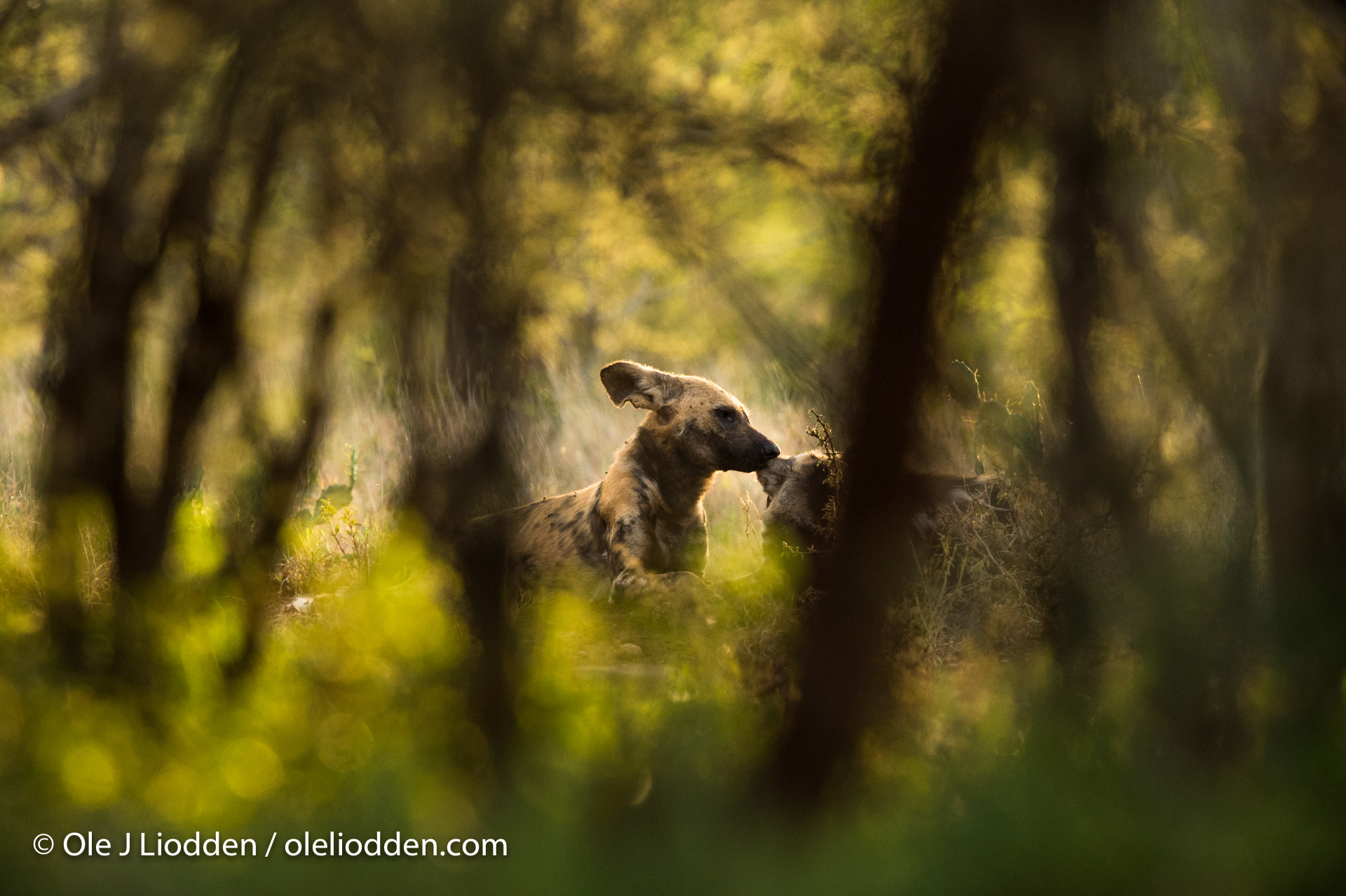
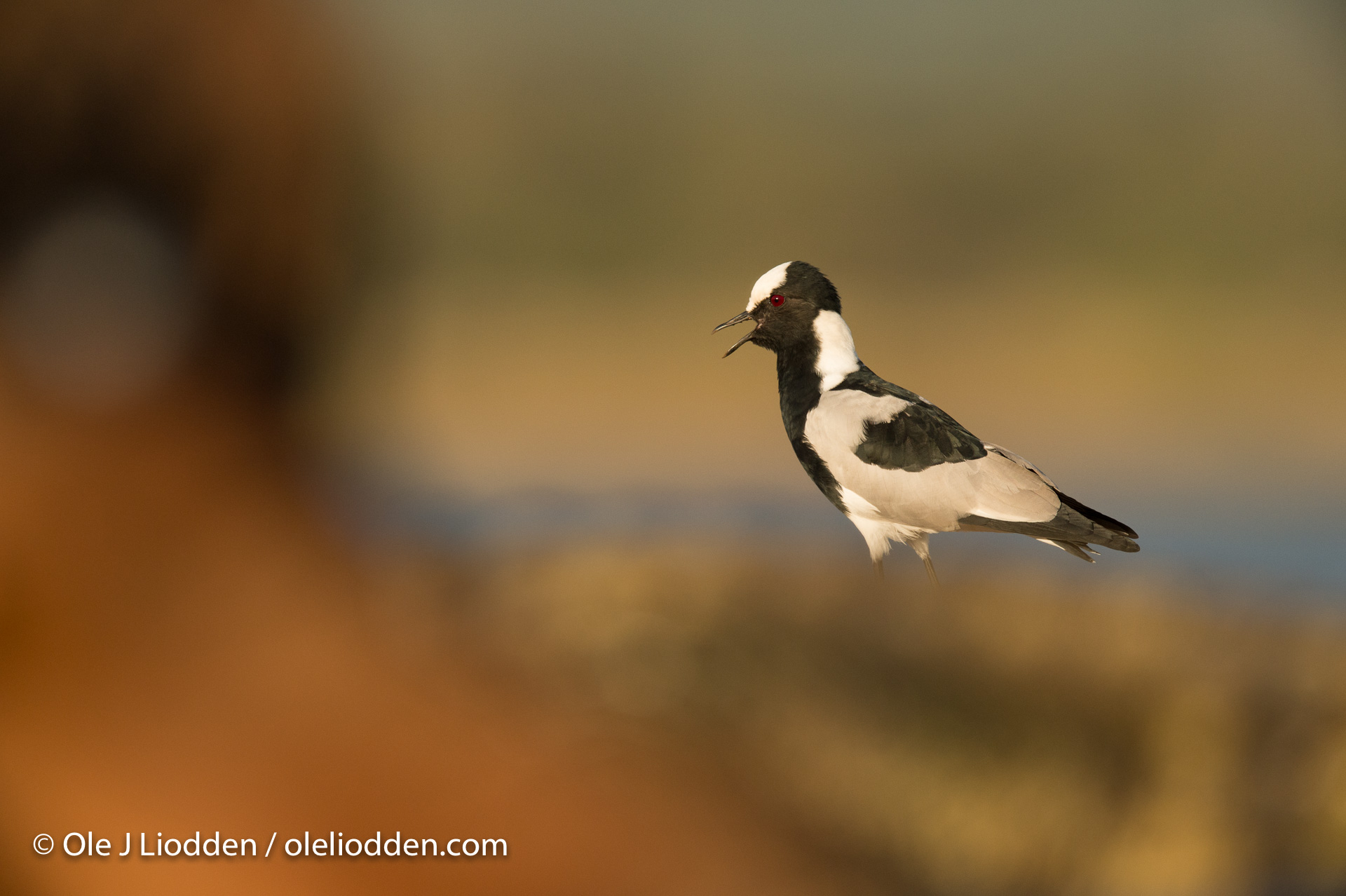
IMPROVEMENTS
[columnize]
My overall impression of this new telephoto lens is very good, and it’s difficult to find anything to dislike. The optical quality is excellent, the AF-system fast and reliable and the VR-system has been upgraded to a new level. So is there anything to improve with this amazing telephoto lens at all? In mine opinion the answer is yes. Not big changes, but still I want to address them:
1. The lens hood locking system is in my opinion the weakest point on the lens and should be redesigned.
2. Implementing an AF-Range feature is my strongest suggested improvement for this lens – or more precisely, the communication between the lens and the camera. AF-Range is a feature where the photographer can choose the closest and farest distance the AF can work within.
3. The VR sound is for some reason more noisy on the new Nikon 600mm than on my old Nikon 600mm. Even though this is a minor issue, it is important that pro telephoto lenses are as quite as possible.
4. The AF-sound when it hit the edges (farest and closest focusing distance) is also more noisy than I’m used to on my old Nikon 600mm lens. This is a similar issue as the previous point, and most photographers would most likely not notice it. Maybe this is only a minor issue found only on the beta version. I hope to find out soon.
[/columnize]
Comments
Support field reviews
It’s free for everyone to read this field review, and I hope you enjoy it and share it with your friends. If you like my field reviews I really appreciate your support to make it possible for me to do more of them in the future. Thanks for your contribution!
ABOUT OLE J LIODDEN
[columnize]
Ole J Liodden of Norway is a pro wildlife photographer (since 2004) and the founder of WildPhoto Travel (former Naturfokus). He has previously been a Canon (2008-2010) and Nikon Ambassador (2010-2012) in Norway, and he was chosen as one of the photographers for the Wild Wonders of Europe project – the world’s largest communication project regarding nature and environmental conservation in Europe.
In the past 8 years, Ole has published 7 books about nature and photography (including 2 how-to-do books). His images has received 3 awards in the prestigious competition BBC Wildlife Photographer of the year (Winner in 2012) and 7 awards in GDT. He was awarded as the Arctic Photographer of the Year 2012 by the Global Arctic Award. Ole is considered to be one of the top wildlife photographers in Europe.
His experience as a photo guide and expedition leader in WildPhoto Travel has led him to destinations such as Svalbard, Antarctica, Africa, New Zealand, Russia Far East and the Galapagos. Penguins, polar bears, polar landscape and wildlife are some of Ole’s specialities, after 27 summer and winter expeditions to Svalbard and 8 expeditions to Antarctica / sub-Antarctic islands.
Ole J. Liodden is now about to launch a great project named Penguin World, with focus on marine ecosystem, and the conservation of penguins. See more info about the project and let us know if you want to get involved.
[/columnize]
Comments
3 responses to “Beta test Nikon 600mm f/4.0E”
-
Testing comments!
-
[…] Ole Jørgen Liodden was lucky to test a beta version of the 600mm for Nikon already in April (read his test here) In July I was asked by Nikon to test the 500mm lens under normal working conditions. Unfortunately […]
-
[…] were 14-24/2.8, 16/2.8, 16-35/4.0, 24/1.4, 24-70/2.8 II, 70-200/2.8, 85/1.4, 300/4.0, 400/2.8 and 600/4.0 – all Nikon lenses. For some days I also had the beta WT-6 transmitter for testing with the […]
Leave a Reply